Art World
Nanjing’s Deji Art Museum Boasts Works by Monet and Beeple. Is It a New Beacon for Asia’s Art Scene?
An exhibition dedicated to Beeple is slated for 2024.
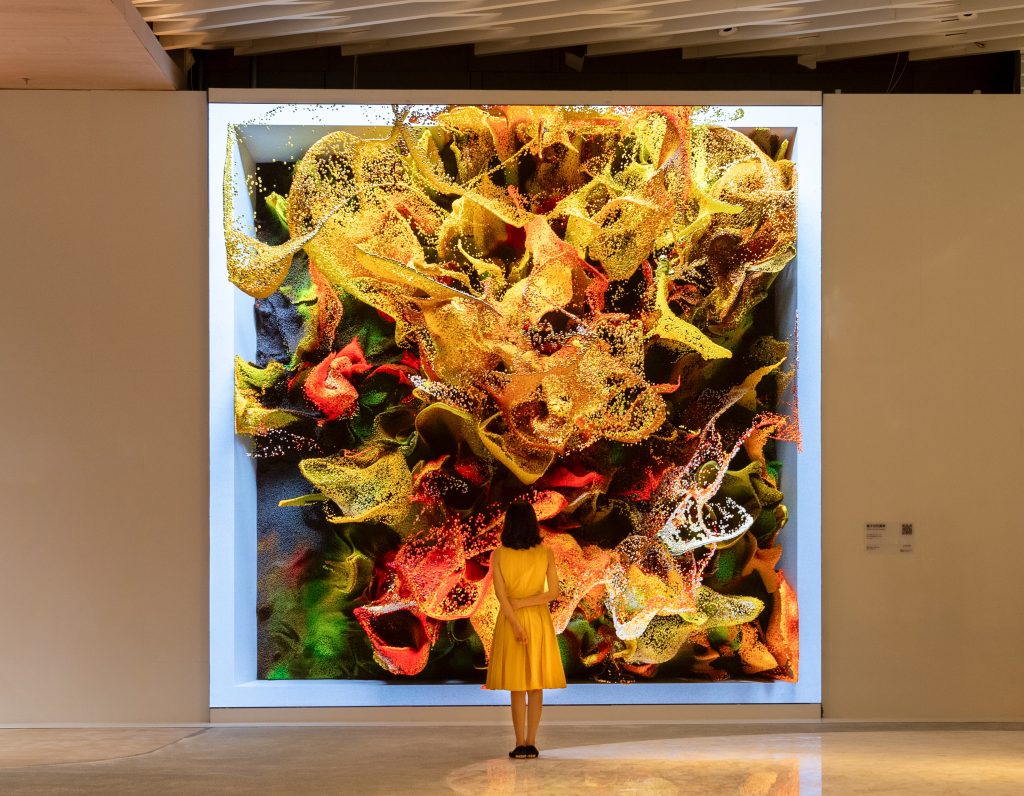
An exhibition dedicated to Beeple is slated for 2024.

Cathy Fan

The Deji Art Museum may not be the private art institution visitors (and locals alike) are the most familiar with, but that could soon change. This somewhat understated museum is nestled in the heart of Nanjing, one of China’s ancient capitals with an enriched historical past, right in the bustling downtown area, conveniently located on the city’s spontaneously formed “Museum Mile.” The museum gained international media attention in 2023, when Deji purchased Beeple’s digital artwork S.2122 for $9 million at Art Basel Hong Kong. This acquisition marked the first piece by the artist to be included in an Asian institution’s collection, and building on this momentum, a major exhibition dedicated to Beeple’s works is slated for 2024.
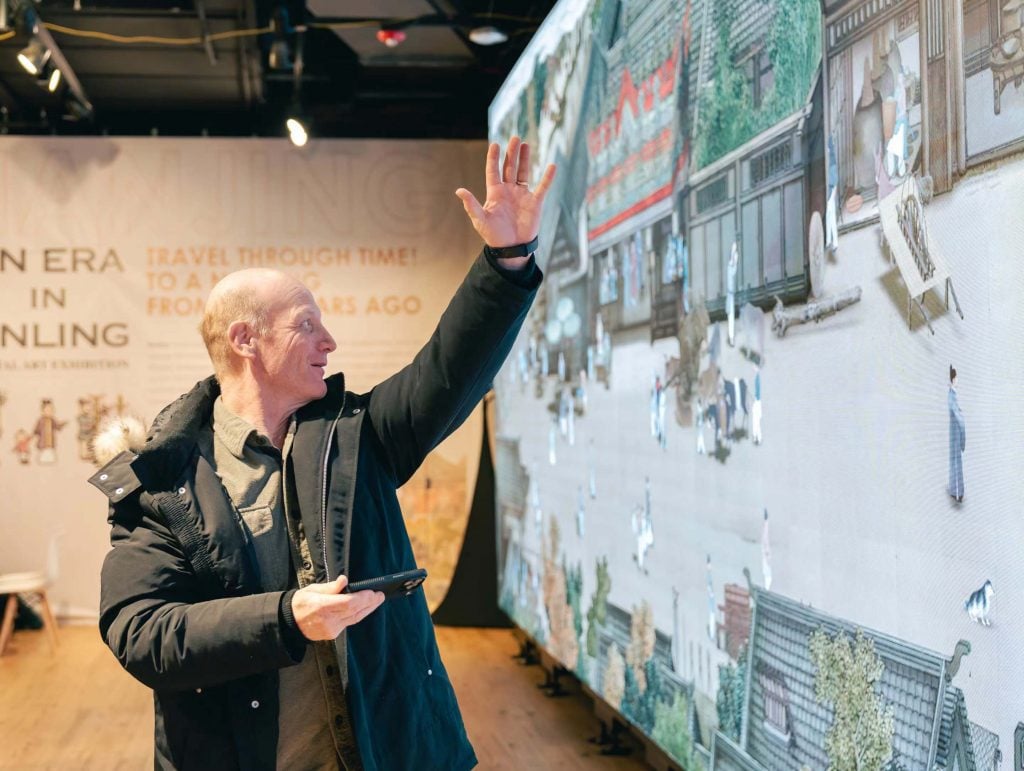
Installation shots, “An Era In Jinling: A Digital Art Exhibition” during Nanjing Week in Boston, U.S., November 2023. Courtesy of Deji Art Museum.
Beyond its local Asian audience, Deji is garnering attention around the world. In early November 2023, the museum showcased “An Era In Jinling” at Boston’s Quincy Square during the city’s Nanjing Art Week. This long scroll, originally painted by the late 18th or early 19th-century court painter Feng Ning, encyclopedically depicts Jinling’s (Nanjing’s historical name) history, culture, and folk customs at its zenith. The display in Quincy Square was not the original scroll but instead a large-scale immersive installation. The artwork was magnified and projected onto a 361-foot by 12-foot screen equipped with smart technology, allowing viewers to immerse themselves in the dynamic cityscape of Jinling’s golden age.
Upon visiting the museum, one might think it’s main focus is on digital art, especially as currently, two pieces by the highly acclaimed new media artist Refik Anadol, Melting Memories – Engram – Box and Quantum Memories Probability, are prominently displayed at the museum’s entrance. Their ever-changing forms seem to engulf the viewers standing before them. However, the museum, located on the eighth floor of a massive commercial complex, has a robust collection that delves into the past as much as the present. The location overturns the conventional “shopping mall art space” impression, too. Once past the ticket gates, the space isolates visitors from the commercial ambiance outside, with its rare high ceilings and generous exhibition area, reminiscent of traditional Western encyclopedic museums.
“Before officially establishing the museum, Deji had over 20 years of collecting history, focusing on ancient Chinese culture and art,” Museum Director Ai Lin explains, “we overlap Chinese antiquity with Nanjing’s cultural identity, emphasizing locality.” Nanjing, a key city where northern and southern Chinese cultures converge and a capital six times in history (including during the Republic of China), boasts a rich cultural and artistic heritage. Before venturing into digital art, Deji was proud of its ancient Chinese art collection, including furniture, paintings, Buddhist statues, and Song dynasty ceramics.

Exhibition “Exquisite 50 – Song Imperial Porcelain” at Deji Art Museum
“Ancient art is the backbone of Deji’s collection system and one of the collecting threads, along with a focus on Nanjing’s locality and contemporary Chinese and international art,” Ai Lin states. “We don’t categorize by the art’s craft but focus more on what it ‘discusses’. The contemporary section reflects on the present and future possibilities.”
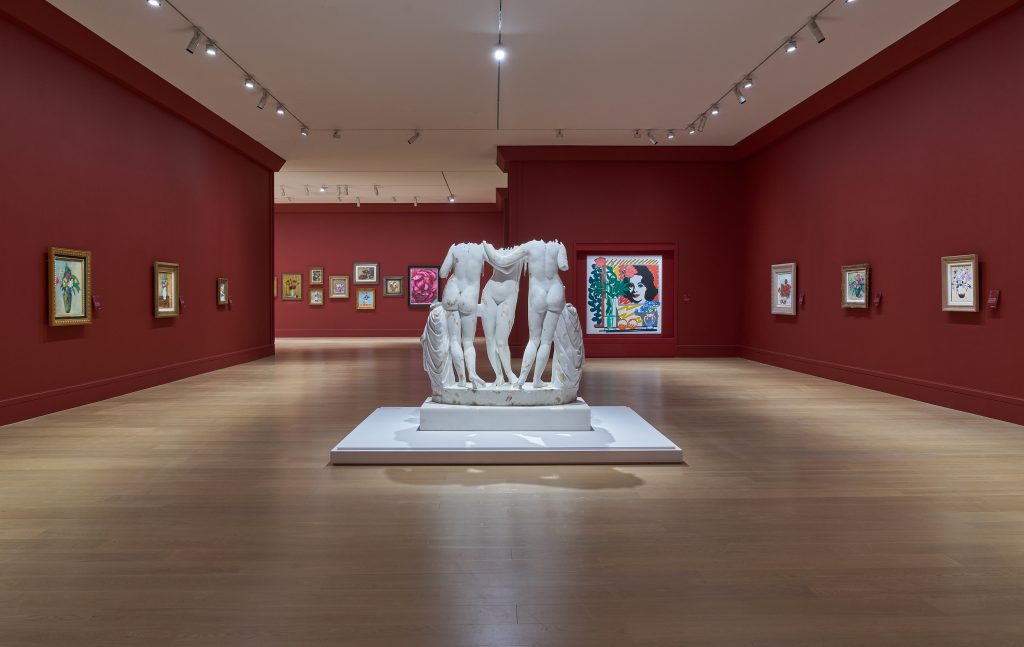
Exhibition “Nothing Still About Still Lifes: Three Centuries of Floral Compositions” at Deji Art Museum
The museum is hosting a major painting exhibition now titled, “Nothing Still About Still Lifes: Three Centuries of Floral Compositions,” featuring over 100 paintings from the late 19th century to the present. These handpicked works by scores of domestic and international masters dating to Impressionism, all themed around “flowers” and all from Deji’s own collection, represent just a fraction of their holdings.
The exhibition, curated by Joachim Pissarro, former curator at MoMA, presents an all-star lineup spanning three centuries, featuring milestones from various Western modern art movements. Luminaries like Claude Monet, Camille Pissarro, Paul Cézanne, Paul Gauguin, Pablo Picasso, Piet Mondrian, Giorgio Morandi, René Magritte, and Georgia O’Keeffe, are juxtaposed with first and second-generation Chinese artists who studied abroad, such as Sanyu, Pan Yuliang, Wu Dayu, Wu Guanzhong, Zao Wou-Ki, Chu Teh-Chun; and top contemporary artists like Yayoi Kusama, David Hockney, Jeff Koons, Takashi Murakami, and Damien Hirst. The exhibition deftly reevaluates the definition of floral still life, advocating that “still life” is more than depicting inanimate objects: the seemingly motionless flowers are always moving at frequencies invisible to the naked eye.
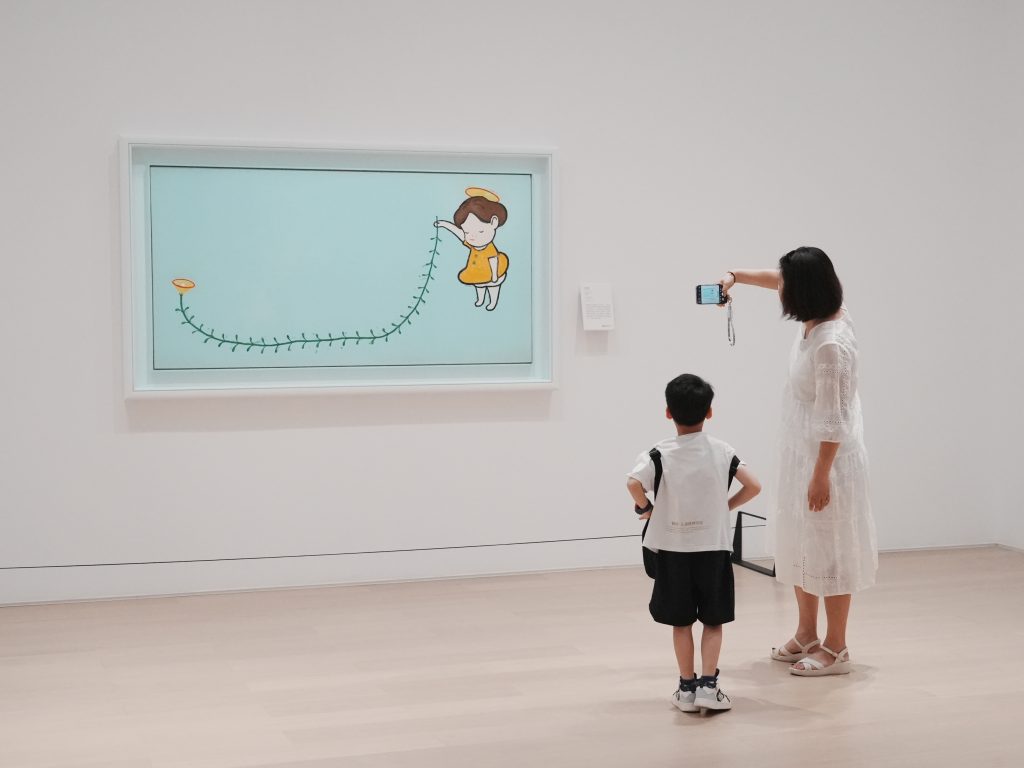
Exhibition “Nothing Still About Still Lifes: Three Centuries of Floral Compositions” at Deji Art Museum
“Flowers represent the relationship between humans and nature,” Ai Lin explains. “In this floral painting exhibition, Deji encourages interdisciplinary involvement and boundary-crossing, embracing openness. This aligns with the museum’s mission and engages the public more effectively. ‘Nothing Still About Still Lifes’ integrates perspectives from disciplines like botany and economics.”
The museum’s flower-themed collection started about a decade ago, while another recent collecting theme, surprisingly, is simply “black.” Ai Lin notes, flowers depict the past and present of human-nature relationships, while black signifies forward-looking meaning, possibly the origin of everything.”Flowers and black may seem unrelated at first glance. However, they make sense when returning to the museum’s ongoing inquiry: we explore where I come from, why I live in this city, the relationship between this city and the world, humans and nature…We focus on how the museum can become a medium for dialogue with today’s youth in the new era.”
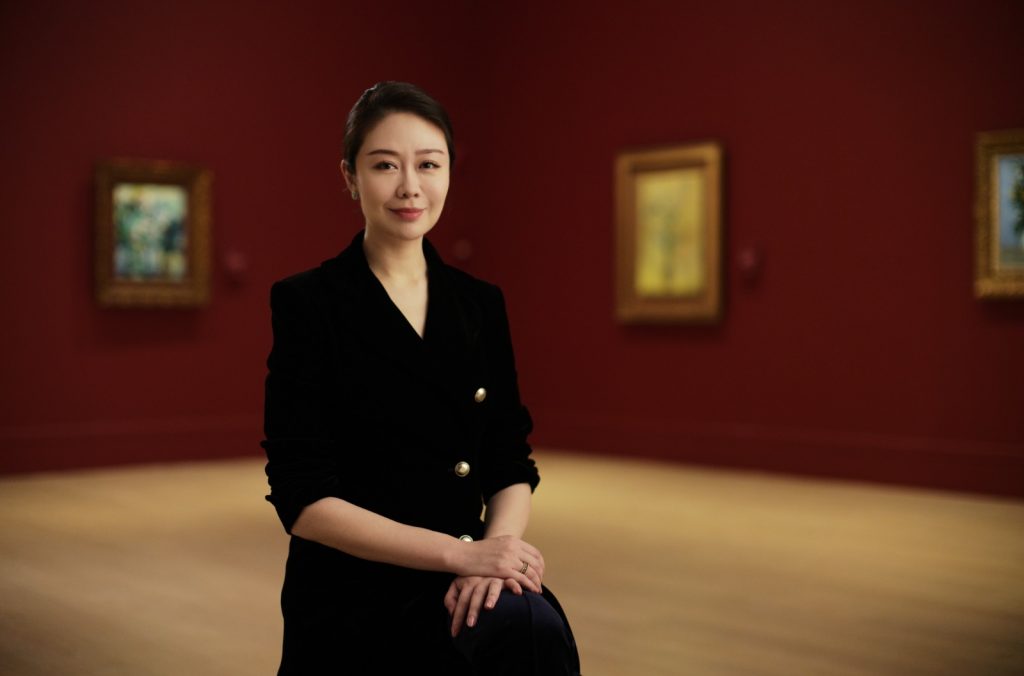
Ai Lin, Director of Deji Art Museum
In the nearly ten years of active development in Mainland China’s contemporary art market, Nanjing has emerged as another city of private art museums, alongside Shanghai. Ai Lin concludes, that as an ancient capital with a long history, Nanjing has a group of local industrialist collectors. The local museums are often low-key and unassuming but present excellent exhibitions and projects. “The city, accustomed to a subdued narrative style, reflects its art museums’ gentle yet robust character.”